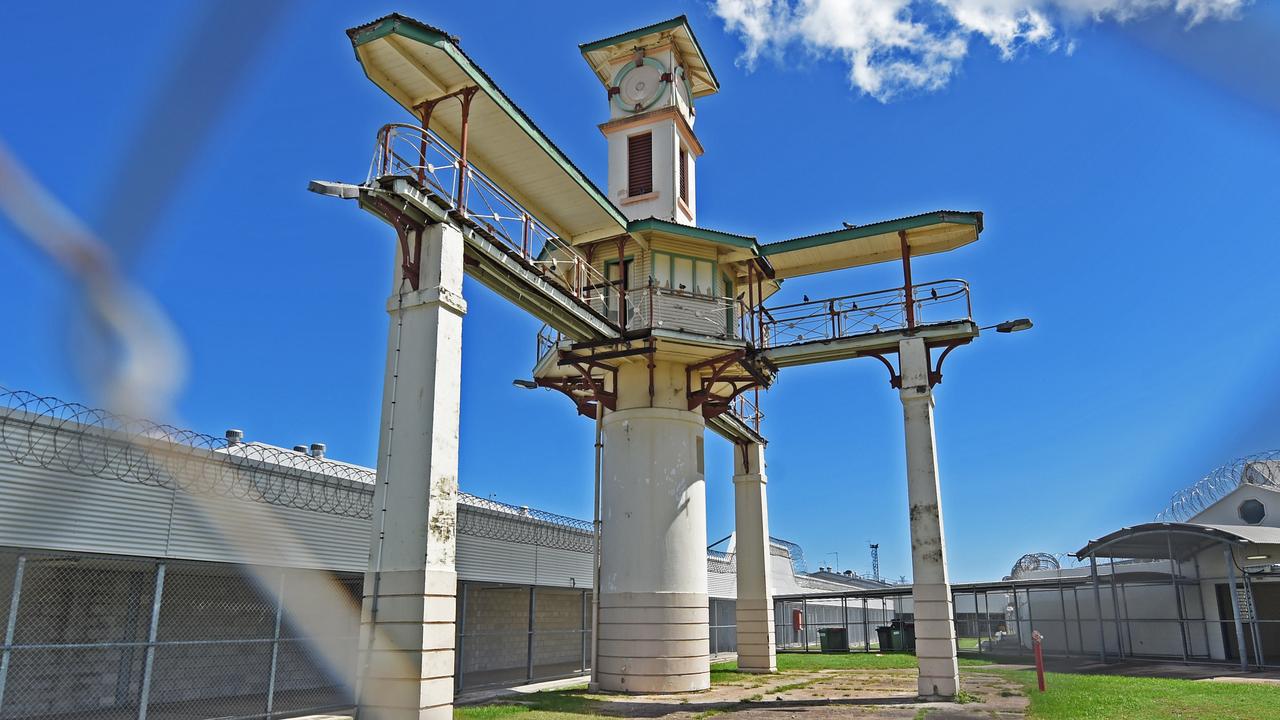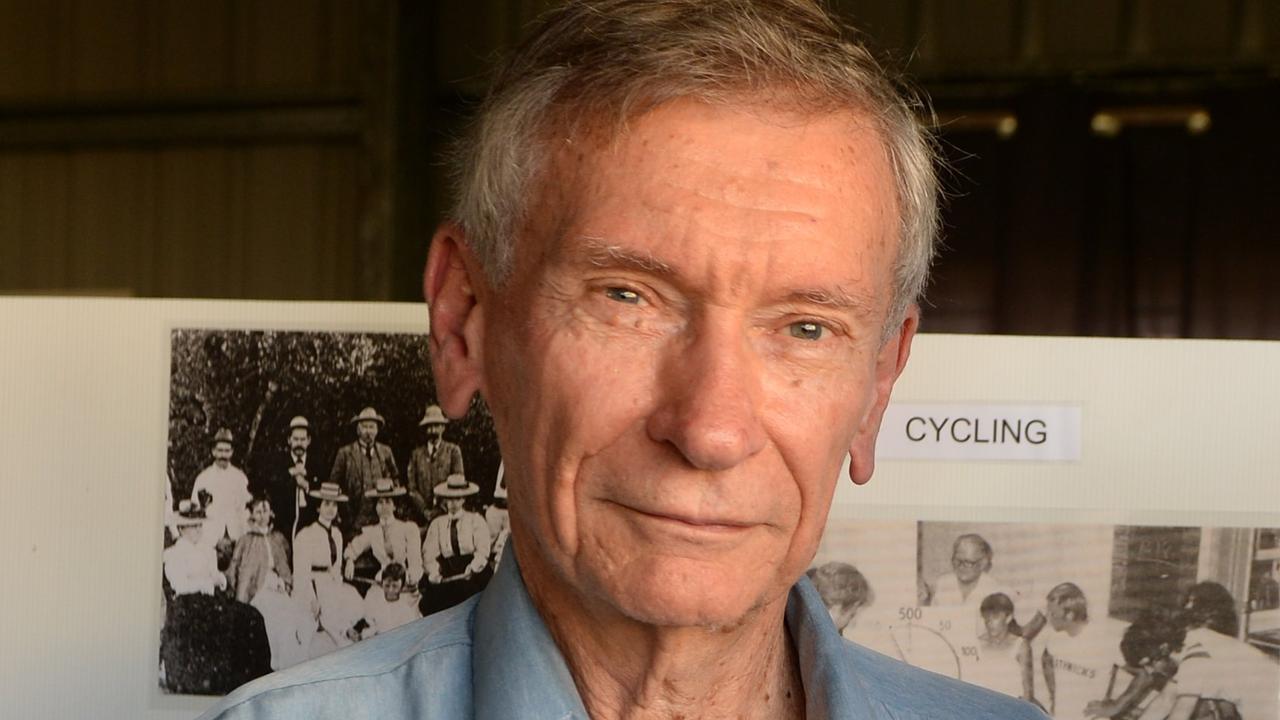Da Vinci XI robot changing the future of surgery in Townsville
While it may look like something out of a science-fiction feature to the untrained, surgical staff at Townsville’s two largest hospitals are already using the tools of the future to treat patients now. Here’s how robotics is changing the face of surgery in NQ.

Townsville
Don't miss out on the headlines from Townsville. Followed categories will be added to My News.
While it may look like something out of a science-fiction feature to the untrained, surgical staff at Townsville’s two largest hospitals are already using the tools of the future to treat patients now.
The Da Vinci XI robotic surgical suite, installed at the Mater Private Hospital, is allowing specially trained surgeons to complete procedures that are less invasive, more beneficial and cleaner than any human hand alone could hope to achieve.
The robots are paving the way
Dr Scott Whiting, one of 10 surgeons trained in how to use the $3.3 million surgery robot, has already performed several procedures with the complicated array of mechanical digits and imaging technology.
“Particularly here in the Australian setting, these ‘minimal’ procedures have a tremendous benefit for the patient,” Dr Whiting said.
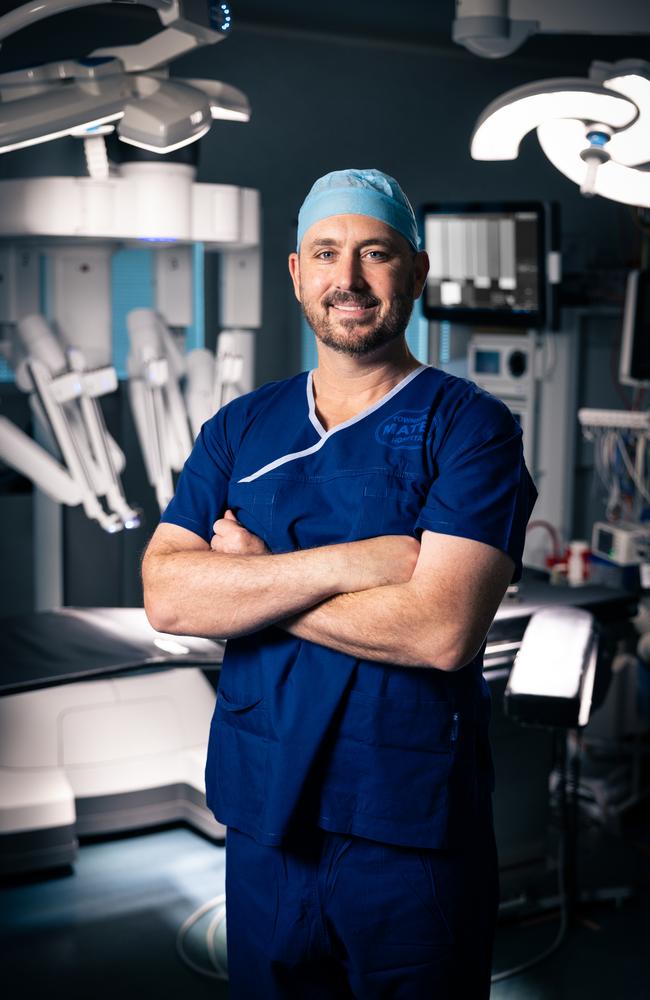
“Incisions have traditionally been associated with quite an extensive amount of pain. Not only initially, but also while patients recover. The robot assists us in doing things in a minimally invasive fashion, that means the patient can get back to their life much quicker.
“It’s similar to laparoscopic surgery, however, with the articulation of the robot’s instruments and the type of instruments we can use, the precision of the way we do our operations is improved.”
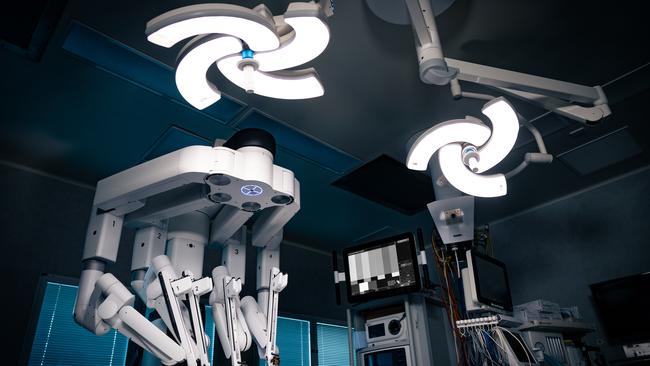
Russell Ashby, 64, who was one of Dr Whiting’s patients, had the bottom half of his oesophagus and part of his stomach removed in a surgery using the robot.
Before the Da Vnci Xi, Mr Ashby would have had to have an invasive, but it was now a keyhole surgery.
“If I had the procedure the old way, I’d only just be getting out of hospital,” Mr Ashby said, after he had already been home for a week post-surgery.
His surgery was on January 12 and was in hospital for one week.
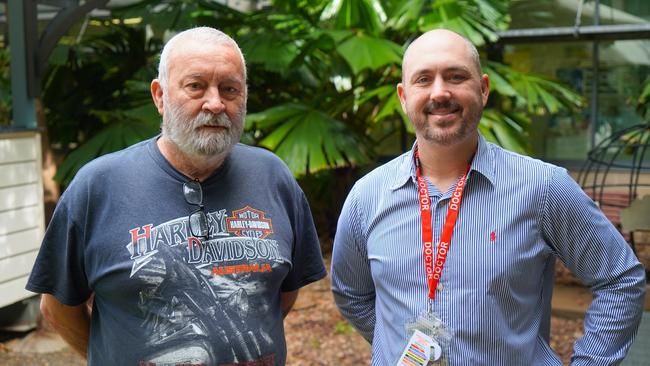
“Post surgery, I felt fine, couldn’t believe the operation I had. I felt so good,” Mr Ashby said.
“I’d highly recommend it, the way I have recovered, the way they explained what the surgery would have been without it, to have it done with a robot, there is just no comparison.”
Laparoscopic surgery, more colloquially known as ‘keyhole’ surgery, focuses on making the smallest incisions possible to access the area that needs attention.
“It’s not just being able to keep an operation ‘keyhole’ that improves the time, the precision that it allows as well, means there’s less bleeding, you’re often happier and the recovery is significantly improved,” Dr Whiting said.
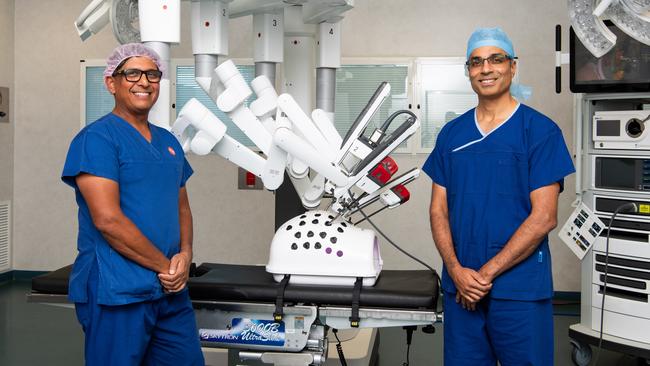
While robotic assistance during surgical procedures is a developing technology that has been in use for some time, Dr Whiting said the capabilities are still increasing in leaps and bounds.
“It’s incredibly exciting to have this sort of cutting edge, world-class care in Townsville,” he said.
“Some of these surgeries aren’t even possible down south.”
“Particularly, where this is going to and with what instruments they’ll be bringing out. Right now, they’re working on different ways of overlapping the image with previous 3D reconstructions. So we’ll be able to look at CT scans and overlay those on the actual image of the patient.
“And the other aspect is being able to teach surgeons remotely with the robot platform and that Da Vinci platform, we can even have surgeons overseas, looking at the vision we’re seeing, and being able to proctor.”
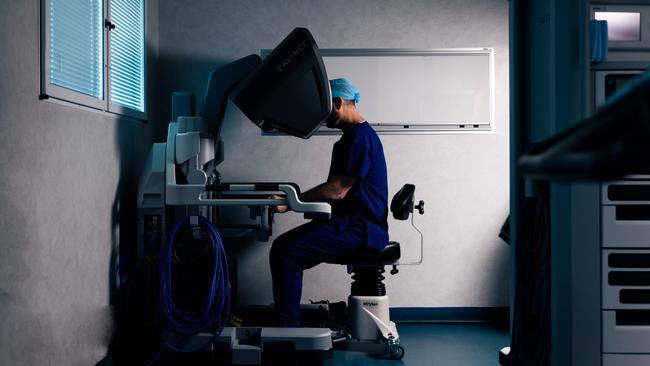
Professor Aj Rane, who was a driving force behind bringing the Da Vinci Xi to Townsville, said robots were not a “new thing” when they came to North Queensland, but it was changing the future of healthcare for residents.
Professor Rane said that there could be no separation between the public and private systems in this space as it would be at a “detriment” to the community.
He said moving forward, the population would need more and more healthcare.
“Unless we are on top of our game, we will not entice top surgeons to live in the North.
“So I think getting this technology means younger doctors are keen to come and work with us, we get better and better lot of talented surgeons coming from all over Australia to Townsville,” Professor Rane said.
He said there were “huge amounts of technology being adopted” in North Queensland, with more robots already being used, and more planned for the future.
“Once you break the ice, and you start getting momentum, then the sky’s the limit,” Professor Rane said.
Originally published as Da Vinci XI robot changing the future of surgery in Townsville

